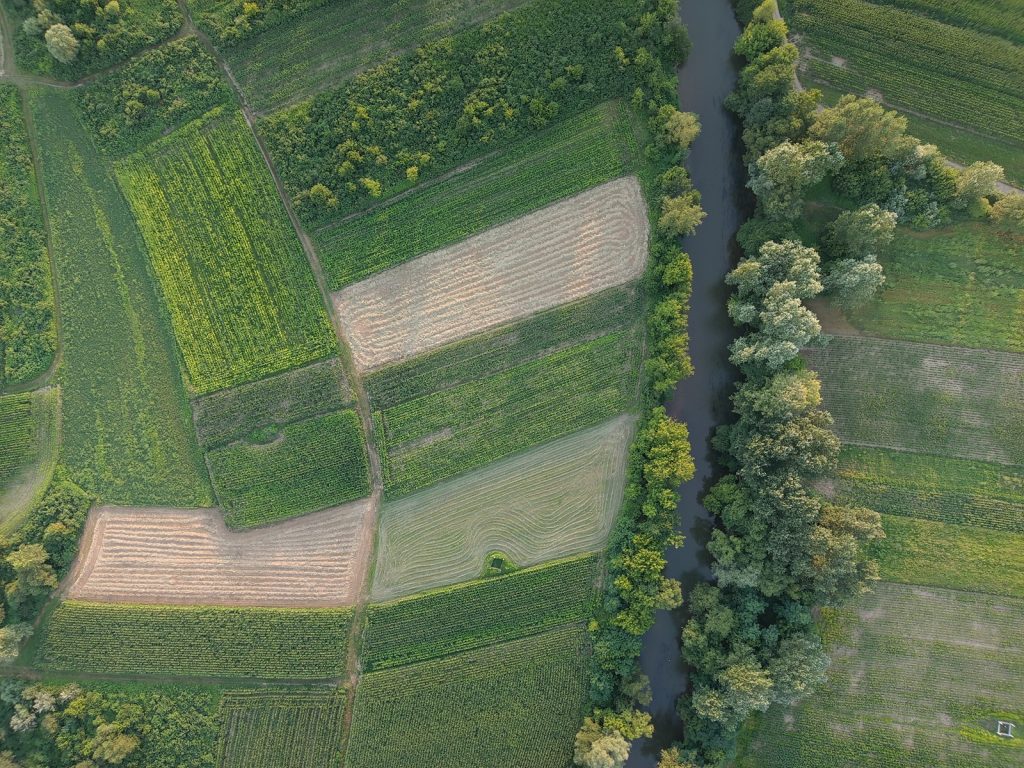Implementing the “Water Cadaster,” announced last week by the Ministry of Environment, lays a significant cornerstone in the project through which Romania aims to protect 10% of its terrestrial and marine natural habitats, in line with the goal set in the European Biodiversity Strategy for 2030.
In addition to the approximately 700,000 hectares of forests that will be strictly protected and excluded from commercial logging, we hope that the implementation of the Water Cadaster will facilitate the strict protection of aquatic ecosystems and adjacent wetlands, along with the associated buffer protection zones, particularly represented by riparian forests.
Until now, the consortium responsible for this project, funded through the National Recovery and Resilience Plan (PNRR), has largely focused on forests within the national forestry fund, likely due to the clearer administrative records in this area. However, Romania must consider the principles of functionality and representativeness and include more types of ecosystems in its protection efforts, as all of them contribute to the conservation of biodiversity and, ultimately, to ensuring our well-being and health.
We must be aware that forests are not the only components forming the biological matrix that generates ecosystem services. Aquatic ecosystems, with their banks and riparian vegetation, and the high diversity of species located there, contribute significantly to:
- biological purification and retention of pollutants that affect water quality;
- reducing the risk of flooding through by applying nature-based solutions;
- longitudinal ecological connectivity of watercourses;
- connectivity and refuge areas for terrestrial species in landscapes dominated by intensive agricultural practices (lacking such advantages).
“Species’ land colonization relied on the ability of living structures to integrate and transport the aquatic environment into the terrestrial one. This internalization of the primordial life environment is achieved through mechanisms that absorb and ingest water, conserve and prevent water loss and optimize its use. In the coming years, freshwater will become scarcer and hydrological regimes will experience increasing disruptions. We should learn from nature and change the way we manage rivers. It is not useful, except perhaps in specific cases, to hasten the departure of water through riverbank embankments, dredging and regulation. On the contrary, water should be retained in its natural nooks and protected by the vegetation that purifies it and supports life in the aquatic environment.”
Călin Ardelean, biologist expert at WWF-Romania
When we talk about strictly protected areas, we must also consider the cost component and the administrative capacity to implement conservation measures. Waters, their banks, and the naturally established vegetation there benefit from legal provisions that already establish a differentiated protection regime along watercourses and adjacent wetlands:
- Water Law: establishes spatial criteria for setting up buffer protection zones and sets the management regime for forests in major riverbeds;
- Nitrates Directive: establishes spatial criteria for setting up buffer protection zones against nitrate pollution from agricultural sources.
Last week, we sent a letter to the Ministry of Environment requesting it to organize a debate on developing the methodology to designate and prioritize areas to be protected.
WWF has been actively involved throughout the process and, since the beginning of last year, has submitted clear proposals to identify and designate strictly protected areas including forests, aquatic habitats and mosaic silvopastoral landscapes.

